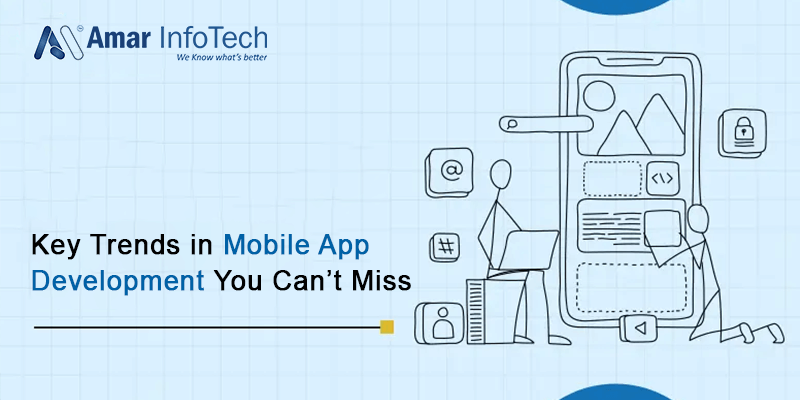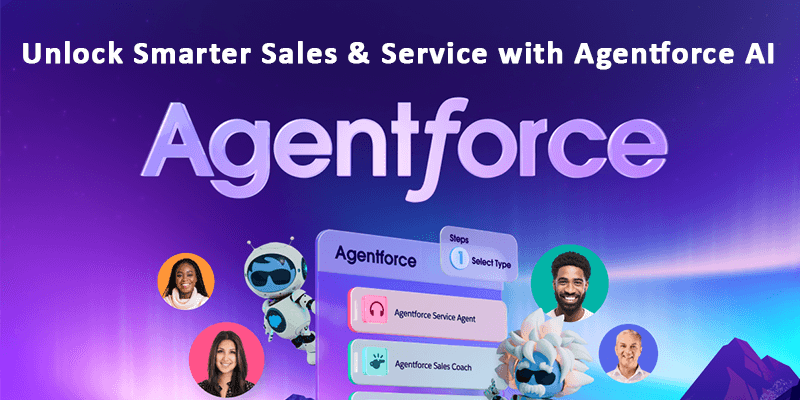Ready for Digital Transformation? Your Vision, Our Expertise - Let’s Build Innovative Software Together!
Key Trends in Mobile App Development You Can’t Miss
 Blog Tips&trends
Blog Tips&trends
In the ever-evolving world of mobile app development, staying ahead of the curve is crucial. As businesses in the USA continue to embrace mobile-first strategies, understanding the key trends that are shaping the industry is vital. Whether you’re a business looking to develop your app or a developer keen on staying up-to-date with the latest advancements, this guide highlights the key mobile app development trends you can’t afford to miss in 2025.
1. 5G Integration for Enhanced User Experiences
With the rapid rollout of 5G networks across the United States, the mobile app experience is set to undergo a major transformation. 5G offers blazing-fast internet speeds and ultra-low latency, enabling developers to create high-performance apps that offer smooth, uninterrupted experiences. From gaming apps to AR/VR applications, 5G integration will be crucial in delivering next-level experiences that users in the USA are eagerly waiting for.
2. Artificial Intelligence and Machine Learning in Mobile Apps
AI and machine learning are no longer futuristic concepts; they’re here, and they’re already revolutionizing mobile app development. Apps powered by AI can offer personalized experiences, intelligent recommendations, voice recognition, and more. Whether it’s improving customer service with AI chatbots or enhancing in-app experiences using machine learning algorithms, businesses in the USA are increasingly turning to AI to gain a competitive edge.
3. Cross-Platform App Development
As the demand for apps continues to rise, cross-platform app development frameworks like Flutter and React Native are gaining popularity. These tools allow developers to create apps that work seamlessly across iOS and Android with a single codebase. For businesses looking to maximize reach without doubling development costs, cross-platform development is a cost-effective and efficient solution.
4. Augmented Reality (AR) and Virtual Reality (VR) Apps
AR and VR are taking mobile app development by storm, especially in industries like retail, gaming, education, and healthcare. In the USA, businesses are leveraging AR/VR to enhance user engagement, create immersive shopping experiences, and offer innovative solutions in fields like real estate and medical training. As these technologies mature, their applications are only set to expand.
5. Wearable Apps for Health and Fitness
The wearable market is booming, with millions of users across the USA relying on fitness trackers, smartwatches, and other wearable devices. Mobile apps designed for wearables, particularly in the health and fitness sector, are thriving. From tracking workouts and monitoring vital signs to offering real-time feedback, wearable apps are enhancing user well-being and contributing to the growing trend of health-conscious consumers.
6. Mobile Wallets and Contactless Payments
In the USA, mobile wallets and contactless payment systems are becoming increasingly popular as consumers seek convenience and security. With the rise of apps like Apple Pay, Google Pay, and other digital wallet solutions, mobile payment integration has become essential for businesses in sectors such as retail, entertainment, and hospitality. As digital payments continue to evolve, expect more mobile apps to integrate contactless payment solutions.
7. App Security and Privacy
In an era where data breaches and privacy concerns are on the rise, app security is more important than ever. With recent regulations like the CCPA (California Consumer Privacy Act) and increasing scrutiny over data protection, businesses in the USA are prioritizing the security of their apps. Implementing advanced security measures such as biometric authentication, encryption, and multi-factor authentication is becoming a standard in mobile app development.
8. IoT Integration for Smart Living
The Internet of Things (IoT) is changing the way we interact with our environment, and mobile apps are at the center of this transformation. From controlling smart home devices to monitoring connected cars, IoT-enabled apps are making it easier for users in the USA to manage their smart devices. As IoT continues to grow, more apps will integrate with these devices, providing seamless connectivity for users.
9. Instant Apps for Quick Access
Instant apps are becoming a go-to solution for users who want immediate access to an app without the need for a full download. These apps are lightweight, fast, and ideal for users on the go. In the USA, where consumers expect speed and convenience, instant apps are proving to be an effective way for businesses to engage users and increase conversions.
10. Blockchain Technology for Transparent Transactions
Blockchain is increasingly being explored for its potential to ensure secure and transparent transactions within mobile apps. For industries like finance, healthcare, and logistics in the USA, blockchain can enhance data integrity, reduce fraud, and streamline processes. As blockchain technology becomes more refined, expect it to make its way into mainstream mobile applications, especially in sectors where security and transparency are critical.
Conclusion
The mobile app development landscape in the USA is rapidly changing, and staying updated with the latest trends is crucial for businesses and developers alike. From 5G to AI-powered experiences, these trends are not just transforming the user experience but also reshaping industries across the nation. By embracing these innovations, businesses can ensure they remain competitive, enhance customer satisfaction, and lead the charge in the ever-growing mobile app market.





